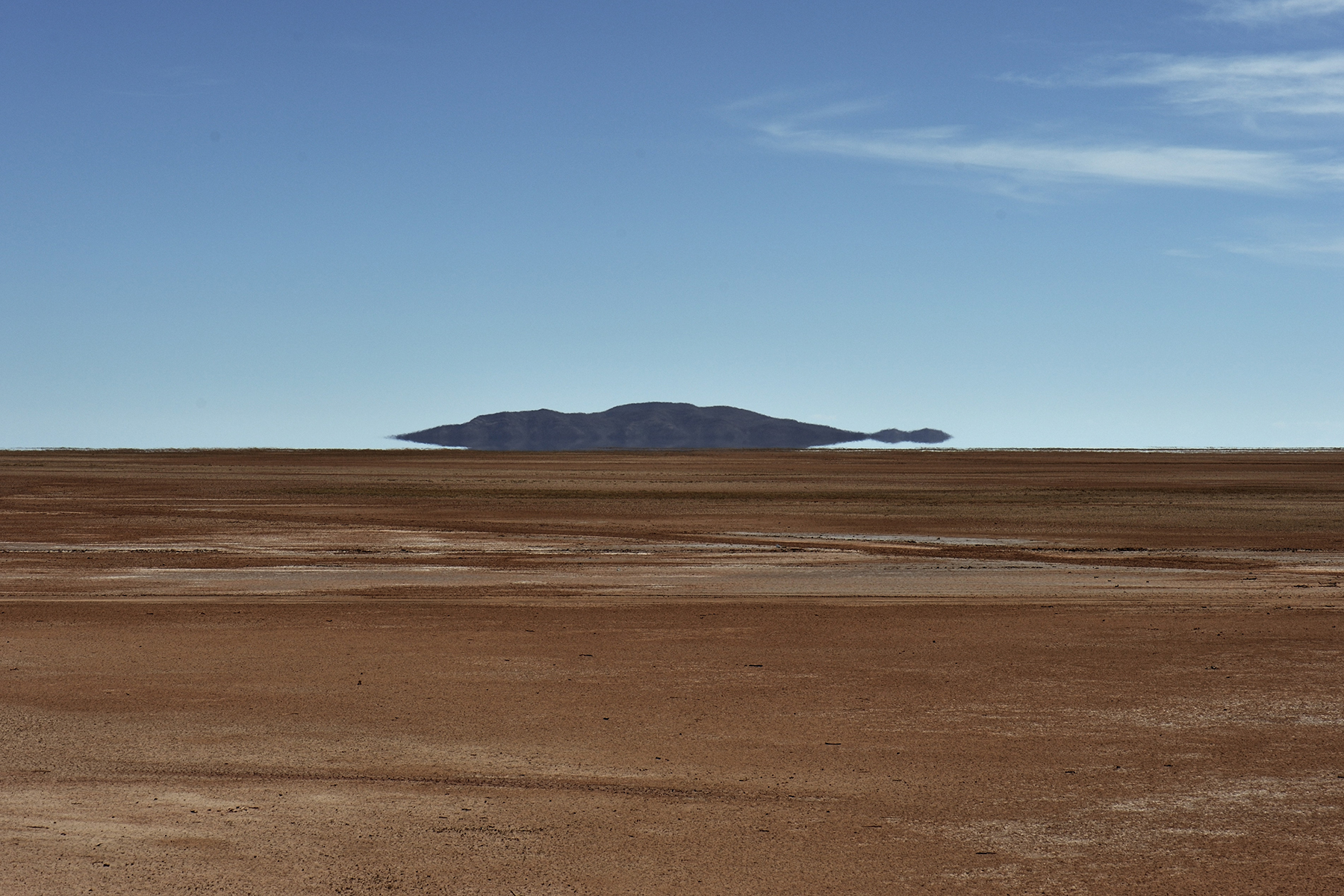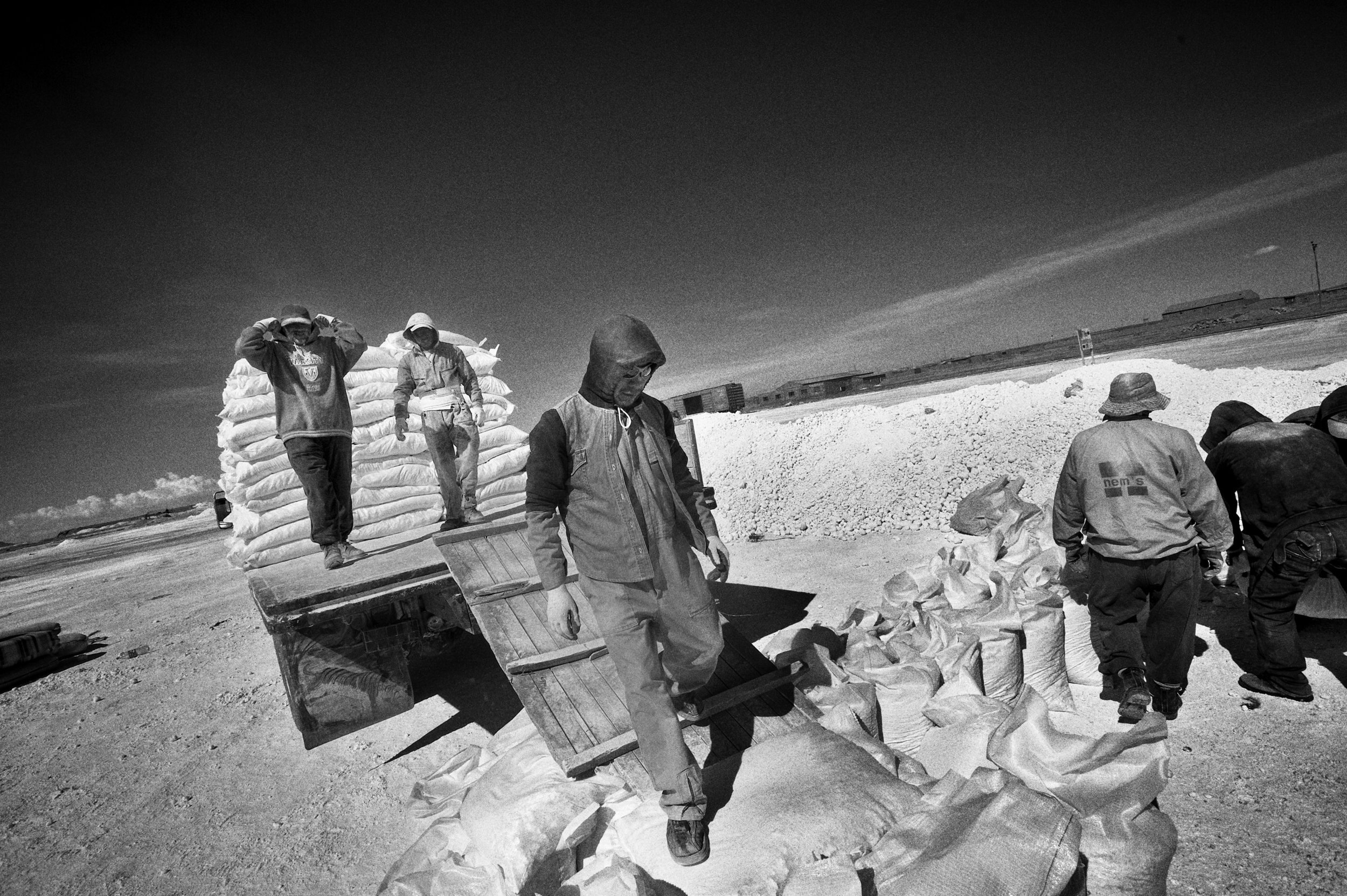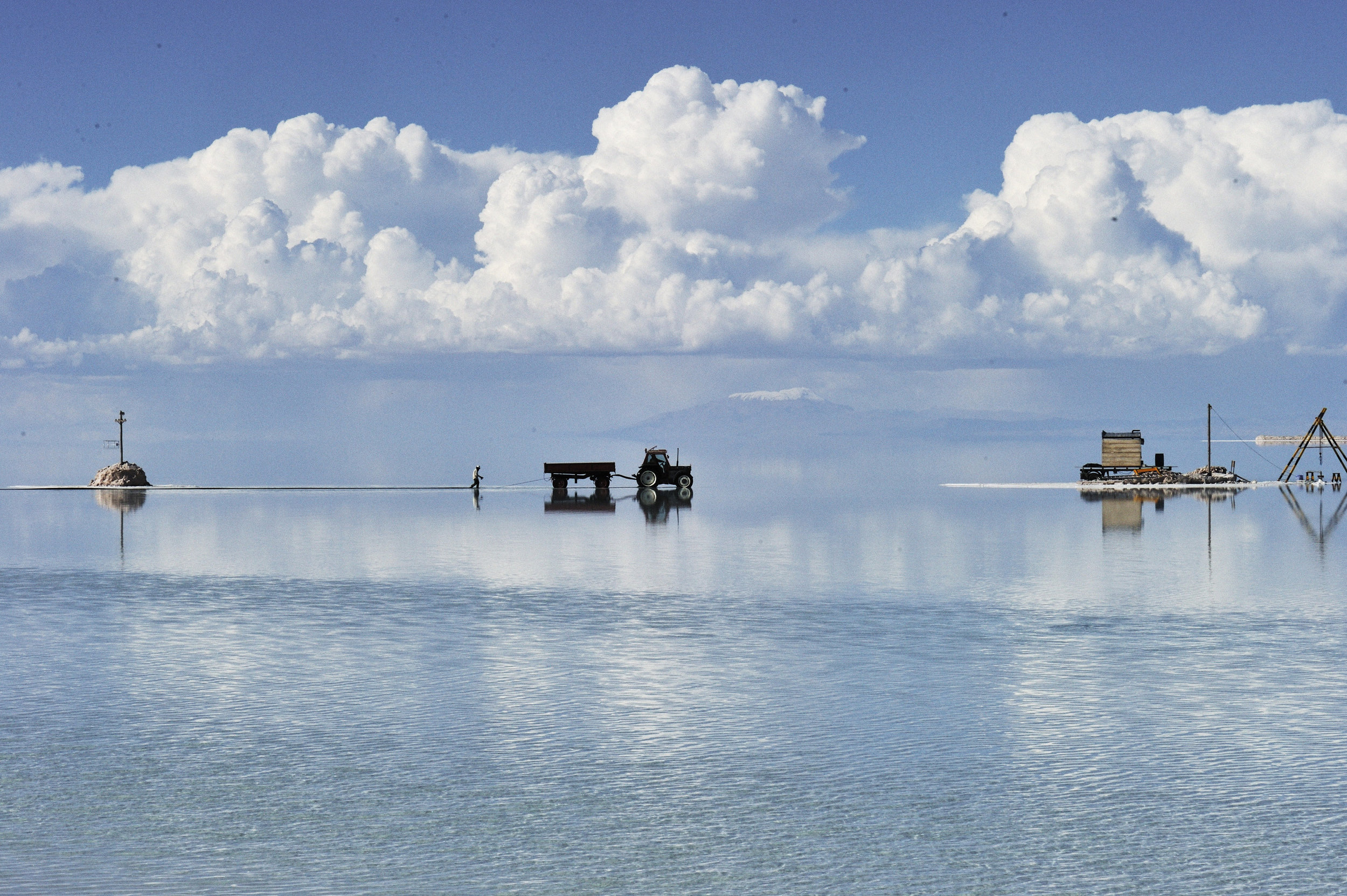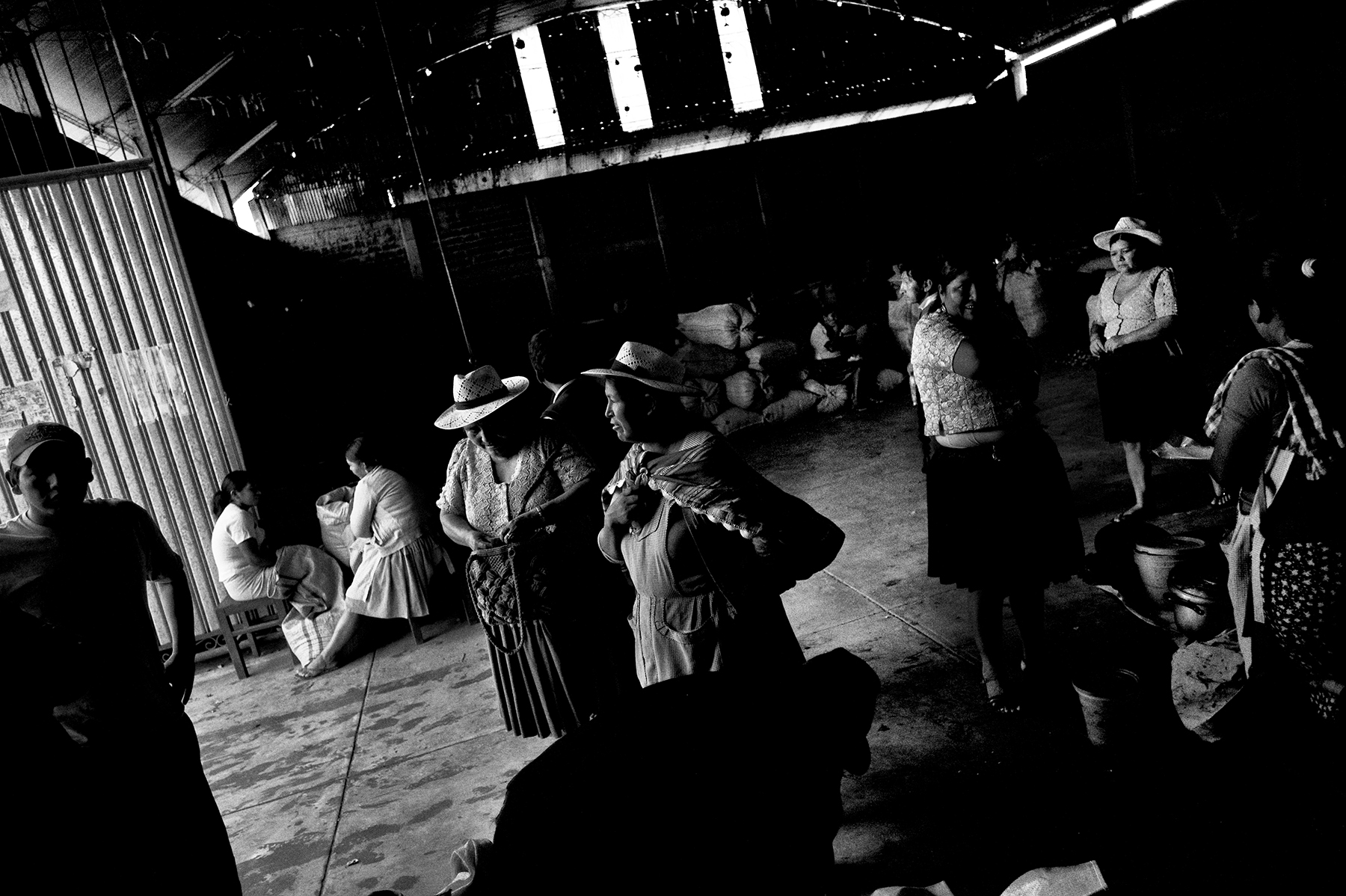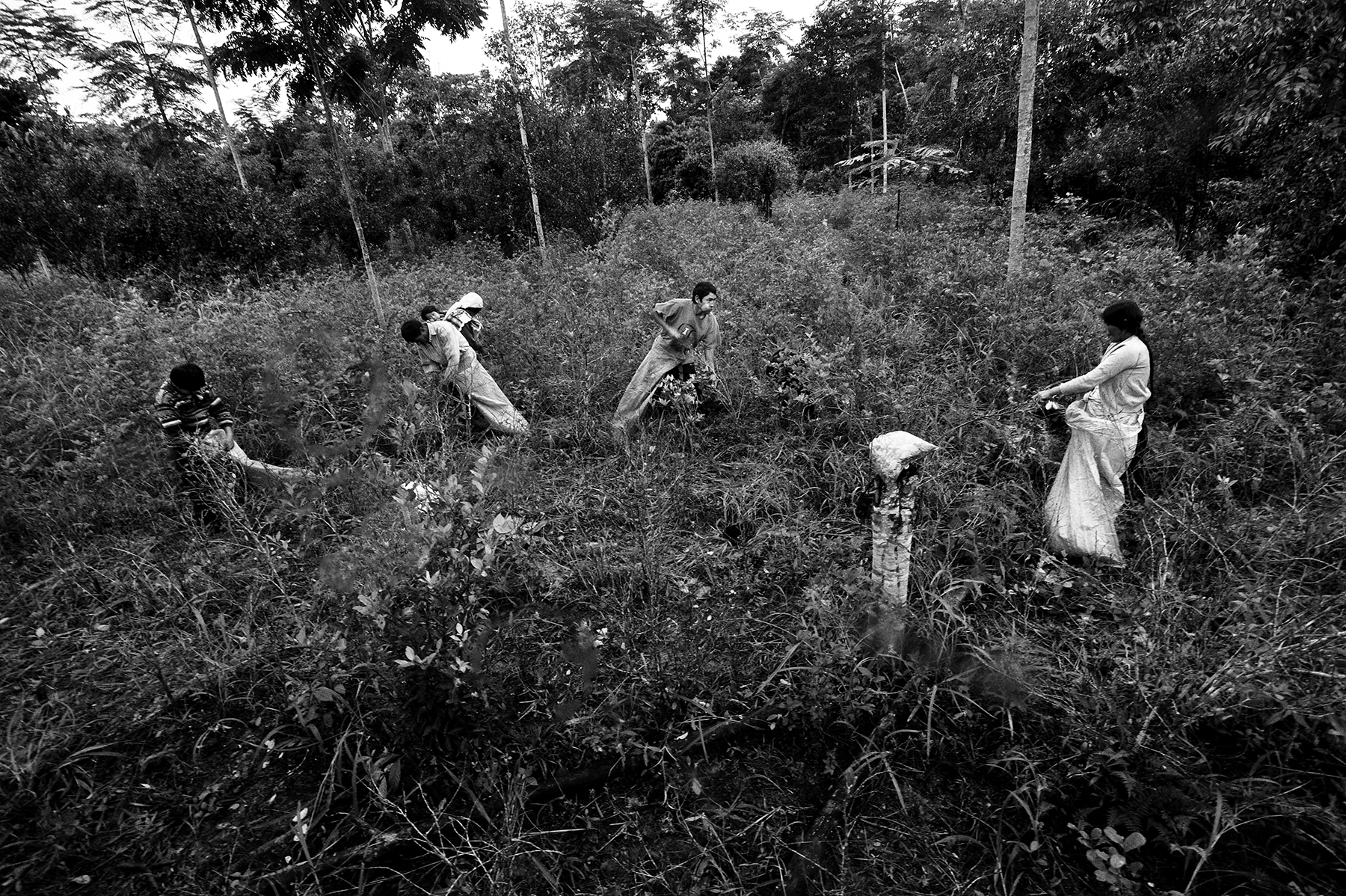BOLIVIA
Salar de Uyuni — chapare — La Paz
Salar de Uyuni, an enormous salt lake in south-west Bolivia, is a potential gold mine. Sitting under its thick layers of salt is the world's largest reserve of lithium, the lightest metal known to man. The amounts being extracted are still modest, but demand is growing explosively. In the future there could be work here for hundreds of migrants. Traditionally Salar de Uyuni has seen only salt extraction, about 25,000 metric tons per year.
The town of Cochani owes its existence to that. Many of those involved in the salt extraction originally came from other parts of the country. They have not gotten rich from their work. Salar de Uyuni is the second largest salt lake in the world, with an area over double that of the Great Salt Lake in Utah. Its layer of salt is certainly 120 meters thick.
Chapare lies in the heart of Bolivia, where the western highlands shade off into the eastern, low-lying rain forests. The region is famed for the production of coca. Traditionally the leaves were chewed, but they are also the most important ingredient in the production of cocaine. The latter fact means that growing coca is controversial, but also financially attractive. For decades poverty-stricken farmers and their families, generally from the highlands, have been migrating to Chapare to benefit from the high price of coca.
Its damp, tropical climate makes Chapare ideally suited for growing coca. For years the Bolivian army, in cooperation with the Americans, used heavy-handed methods to try to suppress its production, but times have changed. In 2006 President Evo Morales, himself once the leader of the coca farmers, made coca the national symbol. He called a halt to the repression and permitted families to cultivate small fields for personal uses, such as chewing, tea and medicines. He is lobbying for the legalization of the leaves, which for centuries have been used for traditional purposes, but are forbidden outside Bolivia.
The mines in Siglo XX opened in 1900, attracting thousands of workers from all over. But the market went slowly down and in 1986 the government (the mine was nationalized in 1952), to close down the mine all together. The miners didn't accept this decision and formed coorperatives to be able to continue working. Nowadays about 5000 miners work again in the mine attracted by the high tin price.
At an altitude of 4000 metres, in a mine with temperatures up to 50 degrees, no elevators, no electricity and all manual labour; the work is dangerous and life expentancy is not higher then 45 years.



